On September 20, 1989, Apple gave the world its first-ever battery-powered laptop. The Macintosh Portable was unveiled in Universal City, California, by Jean-Louis Gassée, the then Product Chief at the tech giant. The vision was to offer a portable Mac that was just as useful and powerful as Apple’s desktop machines.
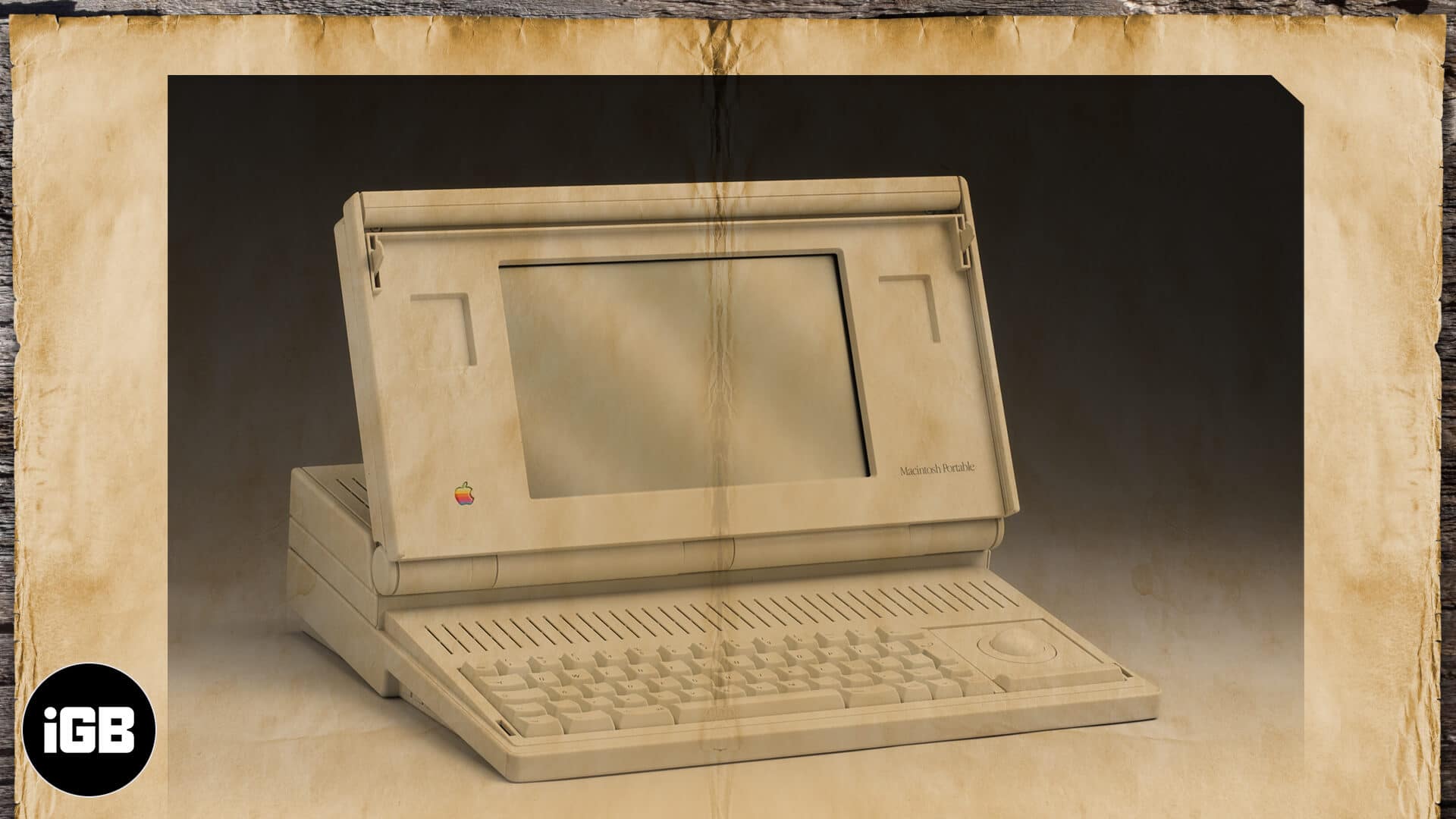
Although the computer was technically portable, it weighed a back-breaking 13.75 pounds without a hard drive (15.75 pounds with HD) — still too heavy to be called luggable. Moreover, the price —without a hard disk—started at a whopping $5,800. That was almost 2.5x more than the first Mac launched in 1984.
The cost and bulkiness impeded the Macintosh Portable’s success, but it still remains an essential feat because it highlighted what a portable computer should not be. This helped Apple rectify its mistakes and refocus on building the iconic notebooks it eventually became known for.
Let’s check out some of the exciting details about the Portable that gave way to the innovation of the beloved Apple MacBook line of laptops.
The Specs of Mac Portable
- Screen Size
The most notable feature of Mac Portable was its screen, which at 9.8″ measured larger than the screen of a classic desktop Mac. It was a monochrome active-matrix LCD, which made it highly legible even though it wasn’t backlit.
- Battery Life
Powered by a lead-acid battery, the Portable was claimed to provide up to ten hours of battery life. Although an old technology, it helped deliver much longer battery power than the 2-3 hours that were standard at the time.
- Convenient for Left-handed Users
The Portable further boasted a complete set of ports and a full-sized, full-travel keyboard. Moreover, you could place the built-in trackball on either side of the keyboard. This made the Portable one of the only computers ever made that catered to left-handed users. Lastly, this machine came with a shoulder-bag style carrying case.
The Origin of the Idea
Being the visionary he is, Steve Jobs had set the goal of “Mac in a book by 1986,” even before the first Mac was shipped.
So, the Portable had been a work-in-progress for a long time. Moreover, leaks about its development began a year before its release.
Needless to say that Apple fans were eagerly awaiting this computer, but this bulky Portable landed with a thud (no pun intended). Perhaps due to its weight or the steep price, it never sold well and got only minor updates.
What Did 1986 Look Like?
It’s important to note that Apple was entering a field that already existed with its first laptop. The previous year, NEC had released the UltraLite, a super-portable four-pound machine.
There were many other portable computers on the market, but all were expensive, many even more than the Mac.
Even by 1989, computers were nowhere close to being the popular personal devices that they are now. So, Apple’s marketing strategy not only had to convince people to buy Mac Portable but also make a case for owning a computer in the first place.
They aired a TV commercial set at an airport gate that played on the idea that using Macs was more straightforward than DOS-powered PCs at the time. The ad featured a woman using the Mac Portable, but instead of setting it on her lap, she had placed it on a table. So, the company was not highlighting portability as the USP of their first laptop but rather the ease of use, which was true of Macs in general.
By 1990, the ads had started positioning the Portable as a suitable computer to move around the office or bring home sporadically. Apple slashed the starting price to $5,499, and it was clear that this “laptop” had not met users’ needs. People were looking for a truly portable Mac that was convenient to carry around. This first iteration of an Apple laptop could not hold up to those expectations.
In February 1991, Apple again cut the price and added a backlit screen that made it usable in low light environments. While this was a welcome change, it didn’t do much to boost the device’s sales or popularity. So, Apple discontinued Mac Portable the following October.
But it gave way to some real Mac magic…
Building Success from Failure
In 1991, Apple replaced Mac Portable with three new Mac laptops, the PowerBook 100, 140, and 170.
They were announced at COMDEX in Las Vegas. This time the focus was on portability, with each of the machines weighing less than 6.8 pounds. Moreover, they could easily fit in a briefcase and had a starting price of $2,500, within reach for a broader user base.
It bridged the gaps that the Portable had failed to, and several features served as the inspiration for Windows laptops too. For instance, the trackball was centered underneath the keyboard with a comfortable wrist-rest area on each side.
Within a year, Apple sold 400,000 units, generating a revenue of $1 billion.
The PowerBook lineup was like a precursor to MacBooks, and Apple regularly rolled out new models. It set standards by incorporating technology like WiFi and trackpads, which became the norm in the industry.
In May 2006, PC World rated PowerBook 100 the 10th greatest PC of all time. In contrast, the Macintosh Portable was labeled the seventeenth-worst tech product of all time.
And the rest is history…
So, Apple’s first-ever laptop was not exactly a success and got plenty of things wrong. But the company used it as a stepping stone to better understand consumer needs and change the game forever.
2020 marks a new year of their personal computer lineup with the debut of Apple Silicon for Mac in the form of the M1 chip. Here’s a glimpse into the evolution of the laptops that the world has come to love.
1989 – Macintosh Portable
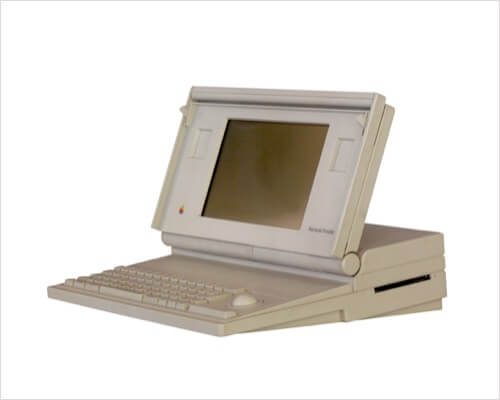
Key Highlights:
- 10 hours of battery life
- Too heavy to be portable
- Too expensive
1991 – Powerbook 100
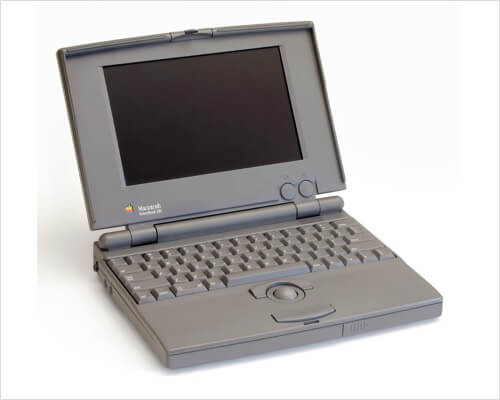
Key Highlights:
- Set-back keyboard
- Integrated palm rest
- Trackball
1994 – Powerbook 500 and PowerBook G3
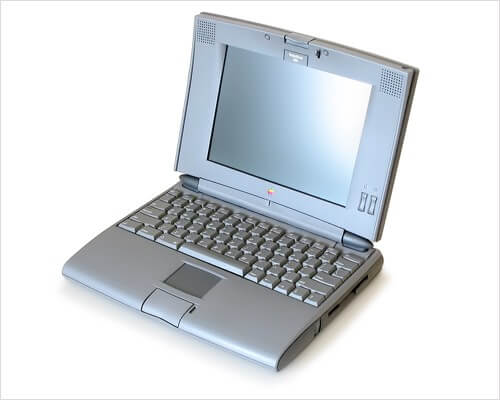
Key Highlights:
- Built-in mic & speakers
- Built-in Ethernet
- CD & DVD drives
1999 – iBook G3
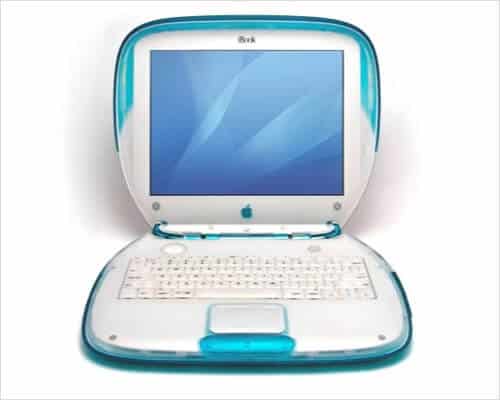
Key Highlights:
- Wireless networking
- 6-hour Li-ion battery
- PowerPC G3 processor
2001 – PowerBook Titanium G4
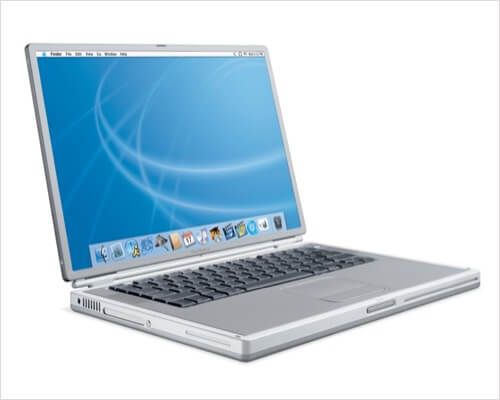
Key Highlights:
- Titanium metal body
- 1-inch thick
- 5-hour battery life
2006 – MacBook & MacBook Pro
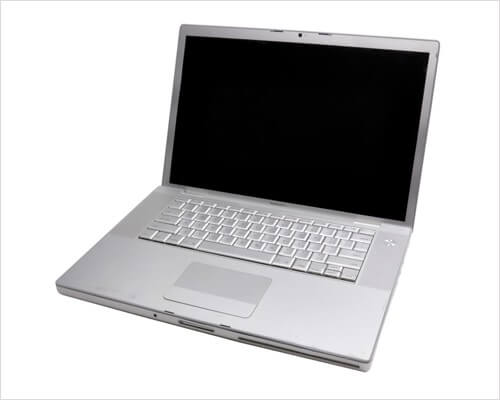
Key Highlights:
- Intel Core Duo Processor
- MagSafe power adaptor
- Scrolling trackpad and backlit keyboard
2008 – MacBook Air
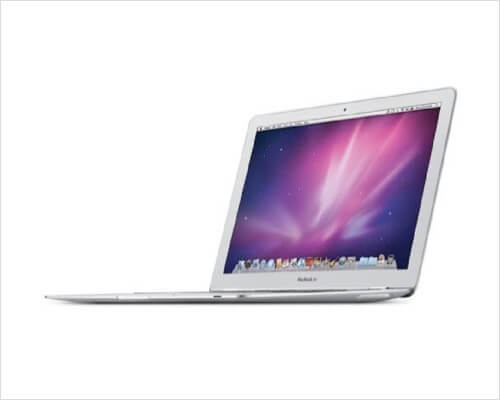
Key Highlights:
- World’s thinnest laptop
- Multi-touch trackpad with gestures
- iSight Video Camera
2012 – MacBook Pro Retina
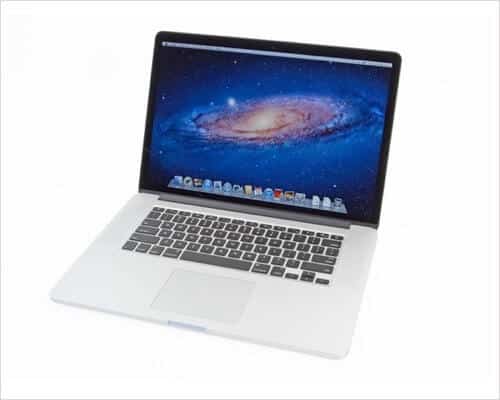
Key Highlights:
- Retina Display
- Solid State Flash Storage
- HDMI port
2015 – MacBook Retina
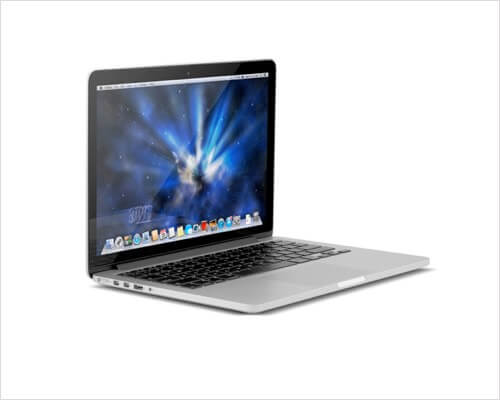
Key Highlights:
- Thinnest, lightest Mac ever
- USB C port
- New color options
2016-2019 – MacBook Pro & Air
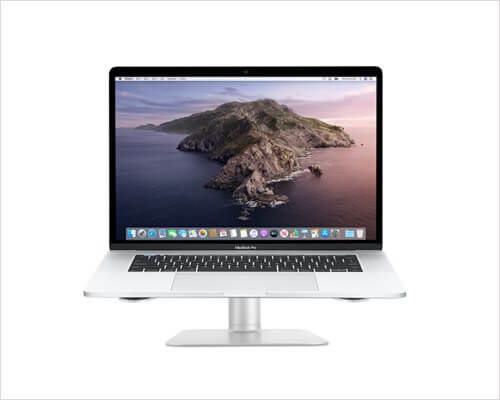
Key Highlights:
- Touch Bar and Touch ID
- All-Day Battery Life
- Better speakers
2020 – MacBook Pro & Air with M1
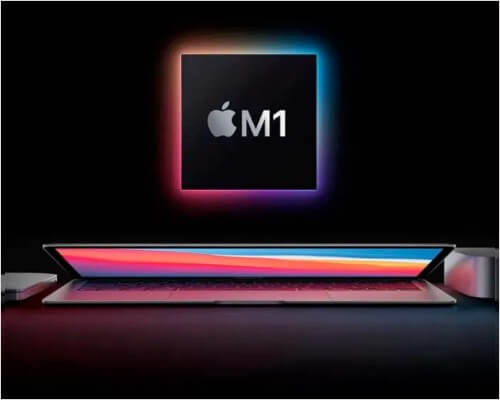
Key Highlights:
- A new generation of Macs
- ARM architecture
- Fastest ever!
You might want to have a look at:
